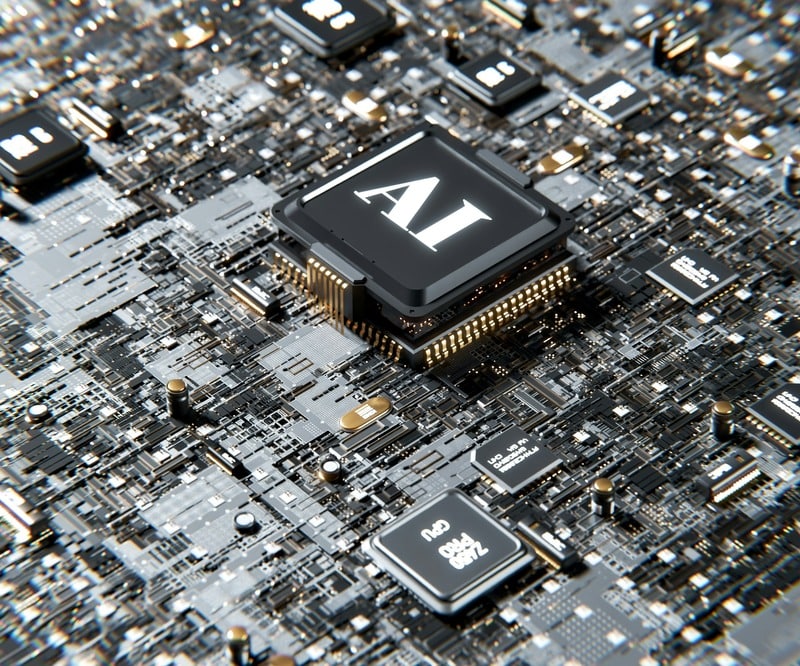AI development is the multidisciplinary process of creating intelligent agents, which are systems that can perceive their environment and take actions that maximize their chance of achieving their goals. It involves a combination of computer science, mathematics, statistics, data science, and domain-specific knowledge to build systems that can simulate human cognitive abilities such as learning, problem-solving, decision-making, and perception.
Think of it as teaching computers to think, learn, and act intelligently. Unlike traditional software that follows pre-programmed rules, AI systems learn from data and improve their performance over time.
Here’s a breakdown of key aspects of AI development:
Core Stages and Activities:
- Problem Definition and Goal Setting: Clearly identifying the problem that AI will solve and defining the desired outcomes and performance metrics. This involves understanding the business needs and the scope of the AI application.
- Data Collection and Preparation: Gathering relevant data that the AI model will learn from. This crucial step includes data cleaning, preprocessing, transformation, and feature engineering to ensure the data is suitable for training. The quality and quantity of data significantly impact the performance of the AI model.
- Model Selection and Development: Choosing an appropriate AI model or algorithm based on the problem type, data characteristics, and desired outcomes. This could involve techniques like machine learning (supervised, unsupervised, reinforcement learning), deep learning (neural networks), natural language processing (NLP), computer vision, or robotics. It also includes designing and building the model architecture.
- Model Training: Feeding the prepared data into the chosen model and allowing it to learn patterns and relationships. This often involves iterative processes of training, evaluating, and adjusting model parameters to optimize performance.
- Model Evaluation and Validation: Assessing the trained model’s performance on unseen data to ensure it generalizes well and meets the defined goals. This involves using various evaluation metrics and techniques to identify potential issues like overfitting or bias.
- Deployment: Integrating the trained and validated AI model into a real-world application or system. This can involve deploying the model on cloud platforms, edge devices, or within existing software infrastructure.
- Monitoring and Maintenance: Continuously monitoring the deployed AI system’s performance, identifying and addressing any issues, retraining the model with new data, and adapting it to changing environments or requirements.
AI development is a rapidly advancing field with the potential to transform various industries and aspects of our lives. It requires a strong understanding of technical concepts, problem-solving skills, and an awareness of the ethical and societal implications of AI technologies.
